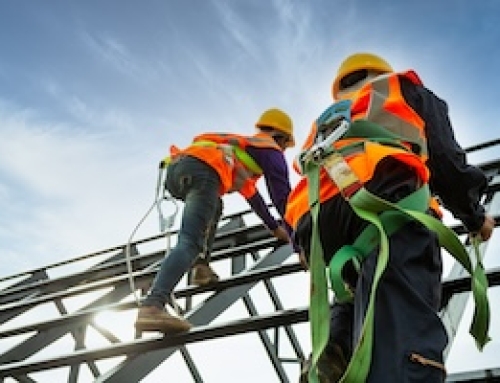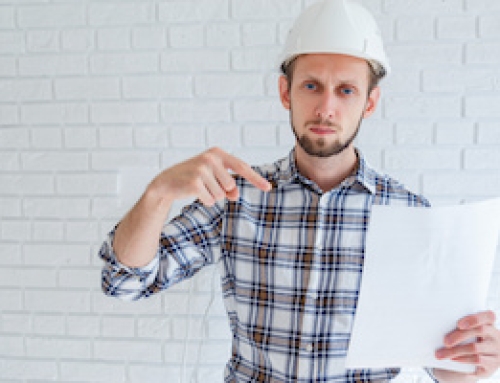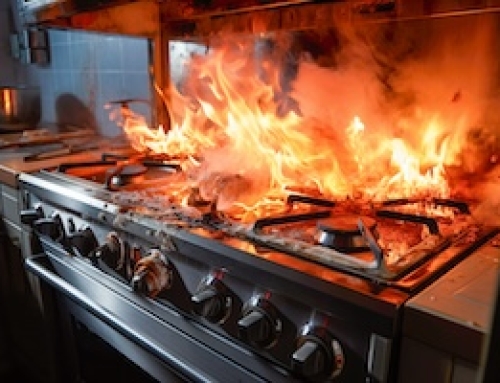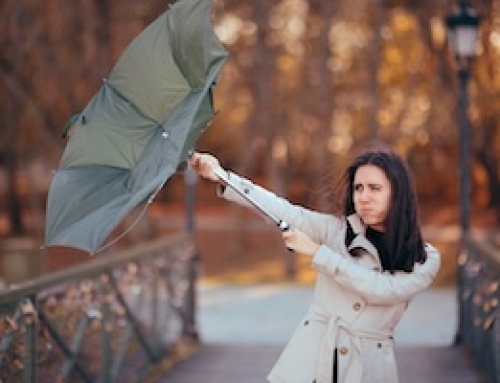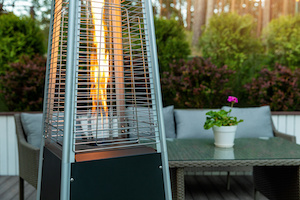 Winter months means colder temperatures, but that doesn’t mean you can’t enjoy some outdoor time, right? It has become the popular trend to entertain or move the indoors to outside with the use of outdoor patio heaters. It’s not just for restaurants and ski lodges anymore. Outdoor heaters can be found in many outdoor areas such as porches, decks, and patios, but what do you know about outdoor patio heaters in terms of safety? Before purchasing a patio heater, you need to read on to find out some essential information that could send you in the right direction to staying warm while outdoors this winter.
Winter months means colder temperatures, but that doesn’t mean you can’t enjoy some outdoor time, right? It has become the popular trend to entertain or move the indoors to outside with the use of outdoor patio heaters. It’s not just for restaurants and ski lodges anymore. Outdoor heaters can be found in many outdoor areas such as porches, decks, and patios, but what do you know about outdoor patio heaters in terms of safety? Before purchasing a patio heater, you need to read on to find out some essential information that could send you in the right direction to staying warm while outdoors this winter.
Considerations Before Buying a Patio Heater, but Not Limited to:
A patio heater can provide a better heat source than an outdoor fire pit since a heater radiates heat outwards where you may be seated or socializing. If you have an outdoor area that you want to heat, you need to know there are different types requiring different fuel sources. To find one the suits your outdoor heating needs, you need to consider some basic information:
- Keep a three-foot clearance around the heater, unless otherwise specified by the manufacturer.
- Consider the ventilation of your outdoor area. Is your area under a covered roof? How tall is the roof? Using a heater in a poorly ventilated area can be a high-risk situation for fire.
- Consider the size of your area and choose the right BTU rating to adequately heat that area. The heat output of a patio heater is measured in “British Thermal Units,” or BTUs. BTU is defined as: “the amount of energy that’s required to raise the temperature of one pound of water by one degree Fahrenheit.”
Once you have contemplated your outdoor space, you can move on to some other outdoor heater characteristics before making the final decision on which type of heater best suits your needs, size of your area, and budget.
Choosing Patio Heaters for All Your Outdoor Needs
Before finalizing any decision on a heater, you need to recognize there are different main fuel sources. Each type of fuel source has its advantages and disadvantages so do your homework before you buy. Below is some key information that may help you choose a patio heater for your house. The three different fuel sources include:
- Natural gas- Natural gas patio heaters are an excellent source of heat and convenient in that it never runs out of fuel. However, you will have to have a natural gas line connected to your home’s gas line and it will need to be installed by a licensed professional, so the upfront costs can be higher than other fuel sources. Also, this type of heating source isn’t portable.
- Propane- These heaters work comparably to a propane grill. This type of heater is the most portable which is an advantage, but keep in mind that once the gas is out, the heater will turn off.
- Electric- This is going to be a suitable option for you if you have an outdoor area such as a covered porch or deck since this heater doesn’t need to be ventilated. This provides a portable option which is a plus, but an electric heater does not put out as much heat as a gas patio heater. Keep in mind though that while it’s not as heat concentrated, it does provide an ample feeling of warmth to outdoor areas.
6 Key Safety Tips for Patio Heaters
Patio heaters are only unsafe when not used or monitored correctly. Below are some tips to ensure your heater is being used in a safe manner:
- Use only on a flat surface- Placing the heater on a flat surface is key to safety. Placing it on an uneven surface can lead to a tip over, which creates a risk of fire and burn scenarios.
- Ignite correctly- Always follow the manufacturer’s directions when lighting a gas patio heater. Some heaters may use an igniter button while others may require a manual lighting of a pilot light. If you need to light it manually, consider a long match or a grill lighter in an effort to keep a safe distance from the flame. If it doesn’t light right away, turn off the gas and wait approximately five minutes before trying to light again as to avoid gas buildup.
- Never leave unattended- When a heater is operational, never leave it unattended. Also, make sure children and pets remain a safe distance at all times. Also, refrain from the heater usage during extensive windy conditions as it could cause the heater to blow over.
- Allow the proper space- Always keep your heater a safe distance from furniture, rugs, walls, ceilings, and any other flammable items. Unless otherwise specified, it is recommended to keep three-foot clearance on all sides of the heater.
- Check for leaks- Any time you are installing or setting up a propane or natural gas heater, you should inspect for gas leaks. If you are uncertain on how to do this, contact a licensed specialist who can come out to inspect prior to using. Typically, though, you can apply soapy water to your gas tank and hose connections. If you detect bubbles anywhere in the connections or if you detect a gas smell, turn it off and contact a specialist.
- Always have a fire extinguisher near- You can never be too cautious. It is recommended you have a fire extinguisher handy for those accidents that can happen. Make sure you invest in one that is the right class for your specific type of patio heater.
If staying warm and comfortable outdoors appeals to you, then finding the right type of heating option is key. If you have any questions or concerns regarding the safety of outdoor patio heaters, contact our offices at Burkett & Associates and we will assist you. We are here for all your Alabama home insurance needs. Don’t wait! Call us today at 256-704-7400.



